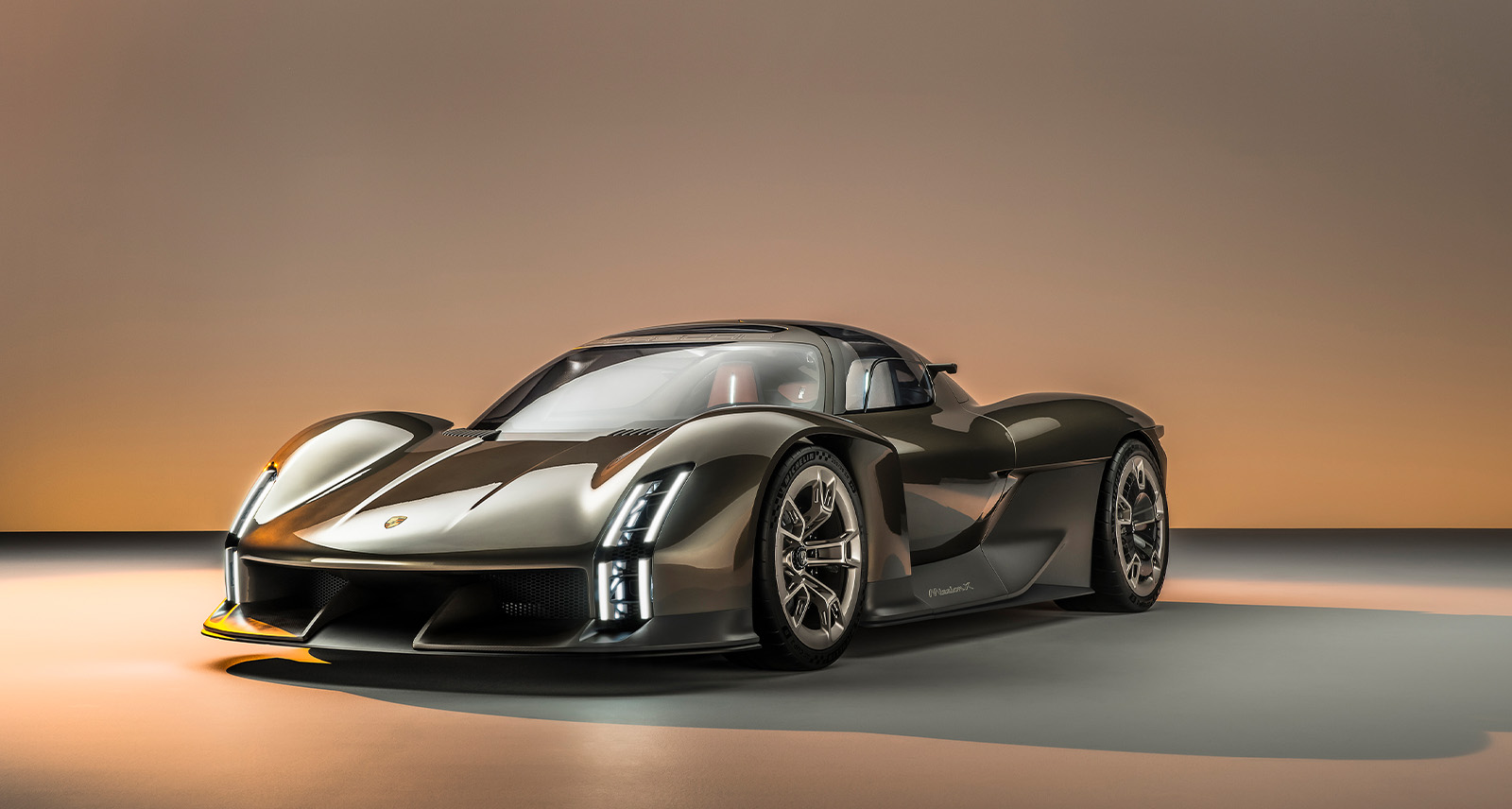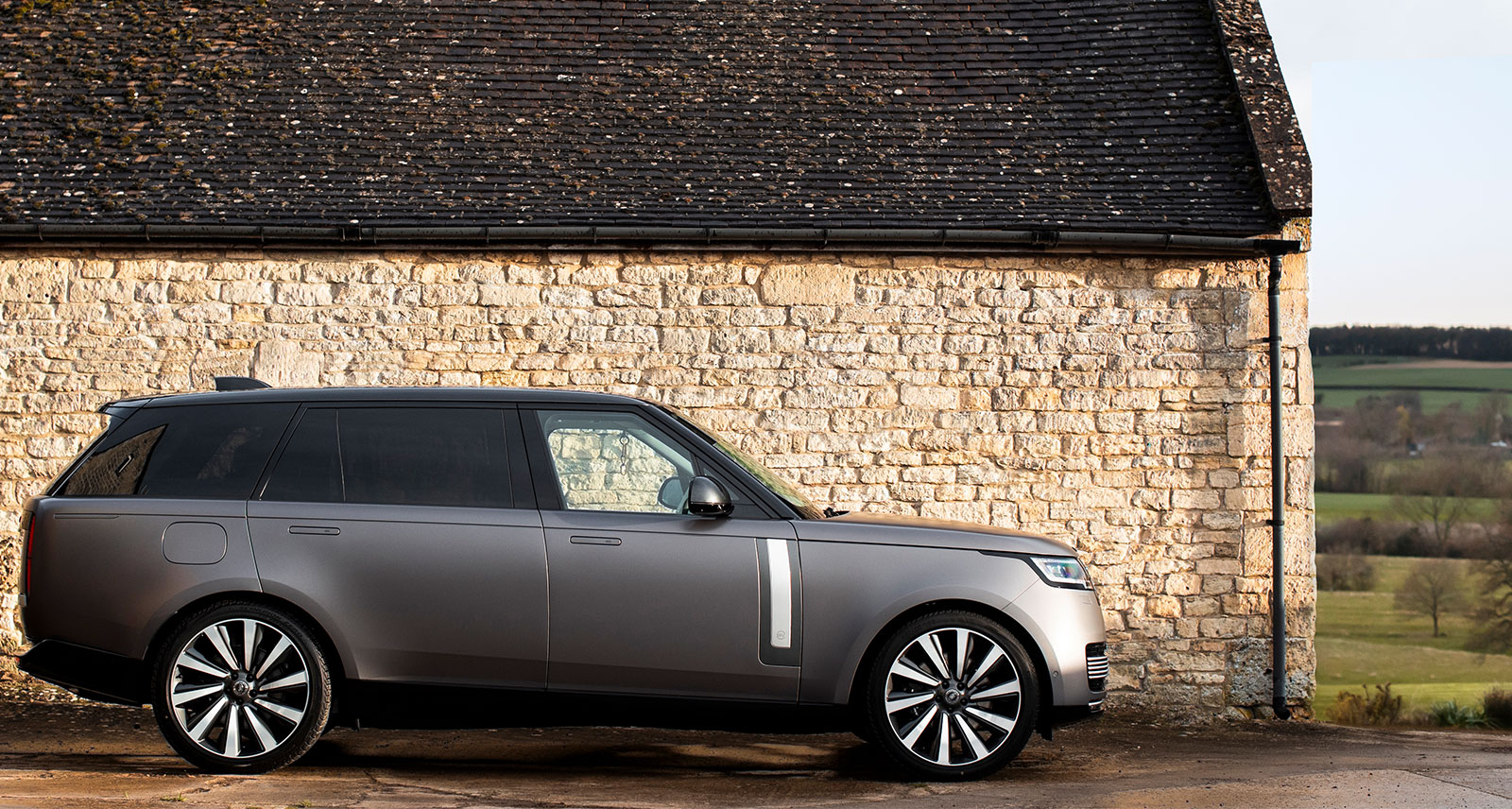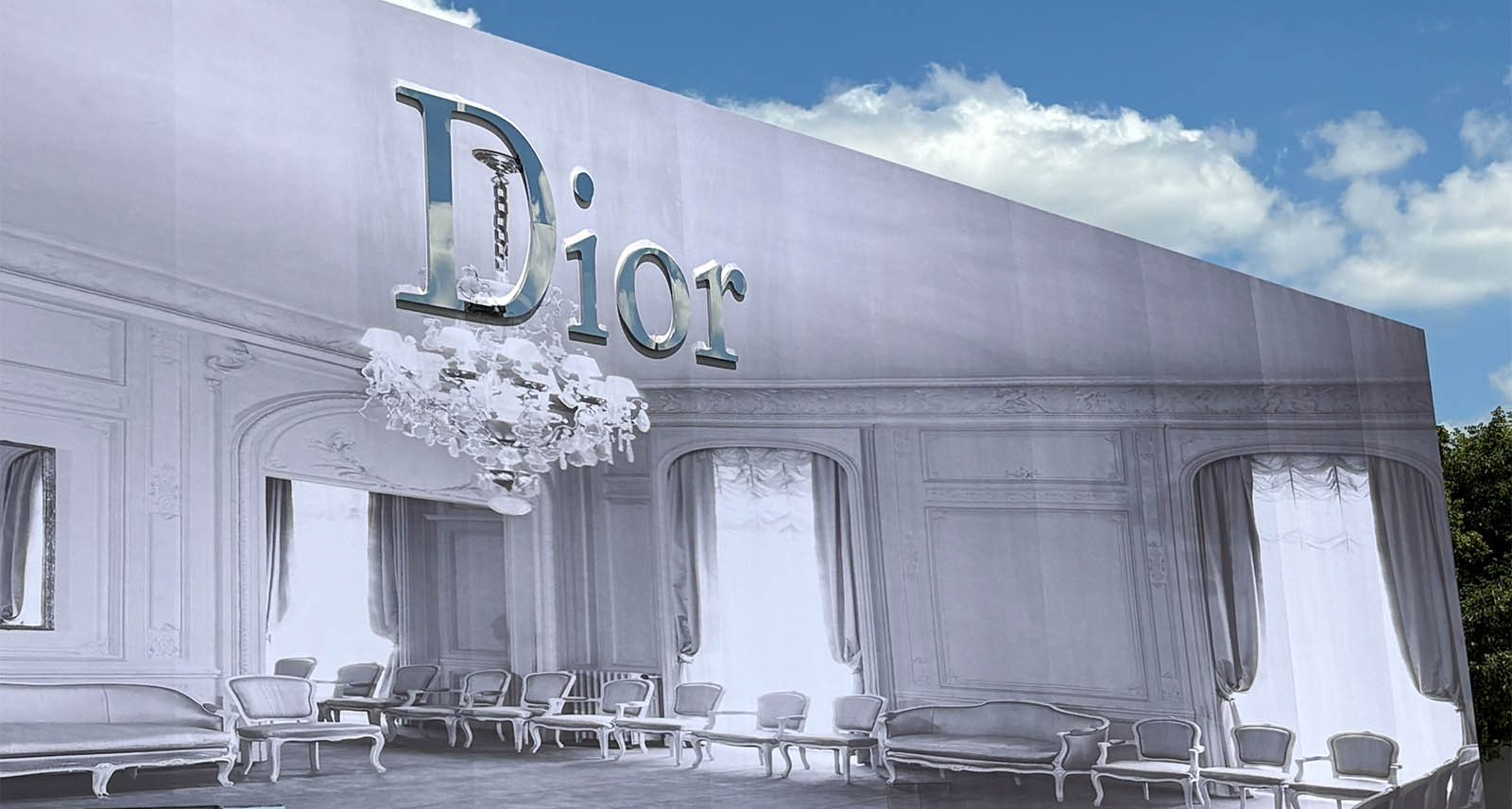Move Over 918 Spyder: Electric 1,500 Horsepower Porsche Mission X Supercar Is The Future
Is the eye-popping 1,500 horsepower, all-electric Porsche Mission X the brand’s next supercar, a successor to the 918 Spyder and Carrera GT? Porsche executives are dancing around the question, but reading between the lines: yes, yes it is.
Oliver Blume, chairman of the executive board of Porsche AG, said, “The Porsche Mission X is a technology beacon for the sports car of the future. It picks up the torch of iconic sports cars of decades past: like the 959, the Carrera GT and the 918 Spyder before it, the Mission X provides critical impetus for the evolutionary development of future vehicle concepts.”
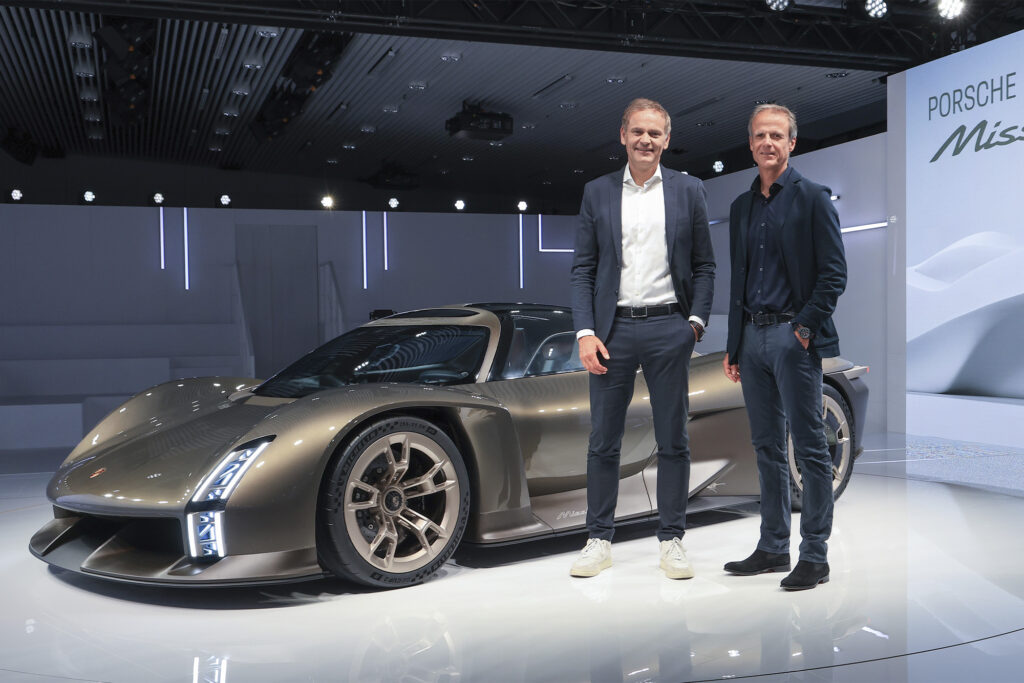
Neither executive confirmed we’ll see Mission X in showrooms, but — come on — this machine is a slam dunk, a sure-thing. You can bet dealers are already fielding calls about it from the brand’s most eager (and deep-pocketed) fans.
As Road & Track noted, concept cars don’t usually have VIN numbers; only roadgoing cars needs them. So, the fact the Mission X has a VIN number stamped on its carbon chassis shows you this is less a flight-of-fancy concept and something with real production intent.
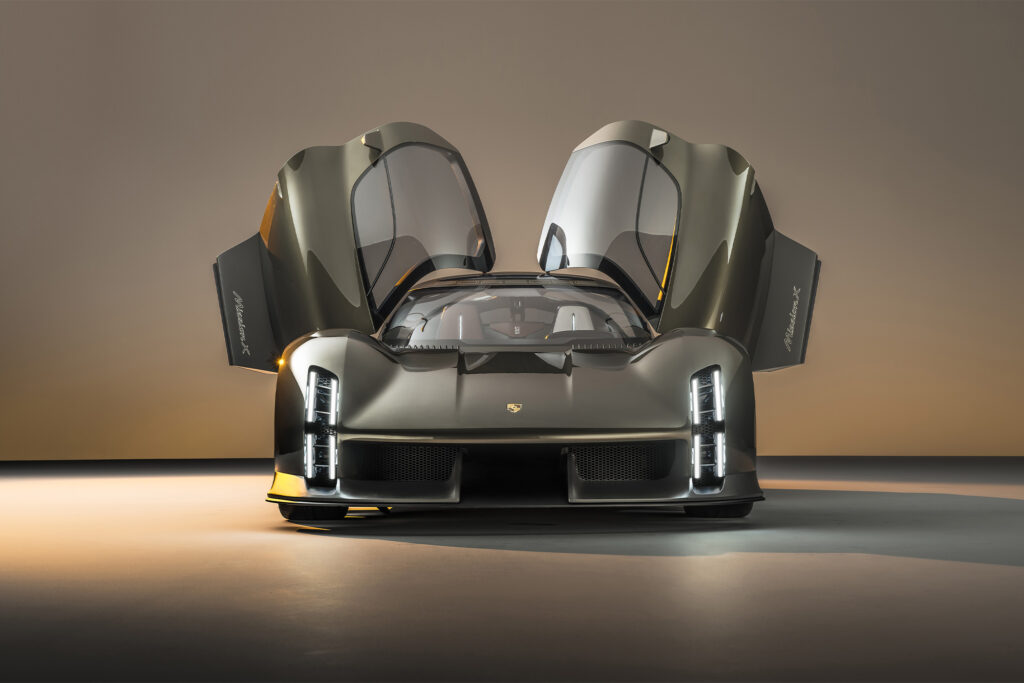
Porsche’s “Mission”-branded concepts also have a history of making dreams come true. The Mission E became the Taycan, and the Mission E Cross Turismo became the Taycan Cross Turismo. The recent Mission R is said to preview the upcoming all-electric 718. Rumours suggest a production version of the Mission X might not arrive until 2027 though, so cool your jets.
Betting Big On Electric
The Mission X is what it looks like when Porsche goes all-in on electric power. (Although, to be clear, the company hasn’t actually confirmed the details of its powertrain.) Notably, unlike the recent Lamborghini Revuelto or supercars from Ferrari, the Mission X does not appear to have a combustion engine. Goodbye forever to the Carrera GT’s buzz-saw V10, but hello 900-volt EV powertrain.
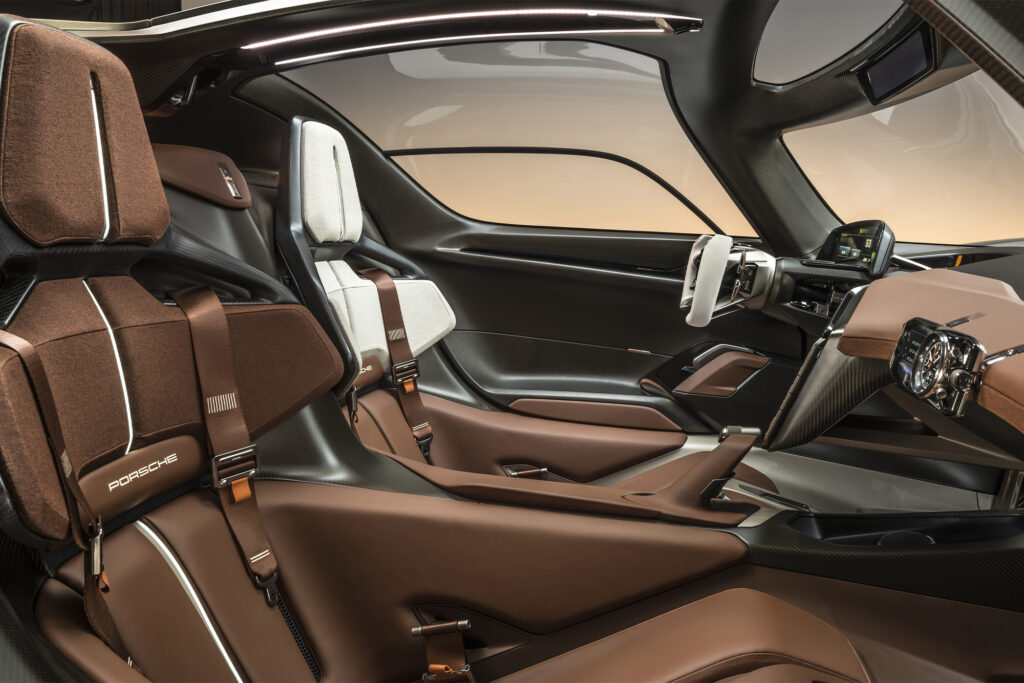
The performance targets are sky high, natch. If it goes into production, Porsche said the Mission X should:
- Be the fastest road-legal vehicle around the Nürburgring Nordschleife.
- Have a power-to-weight ratio of roughly one PS per kilogram.
- Achieve downforce values that are well in excess of those delivered by the current 911 GT3 RS.
- Offer significantly improved charging performance with its 900-volt system architecture and charge roughly twice as quickly as Porsche’s current frontrunner, the Taycan Turbo S.
The company is putting Mercedes on notice; Porsche wants the Nordschleife crown. The current production supercar ‘Ring record belongs to Benz’s Formula 1 powered AMG One, at 6.35:18. (Porsche holds the outright, non-production record with the 919 Evo.)
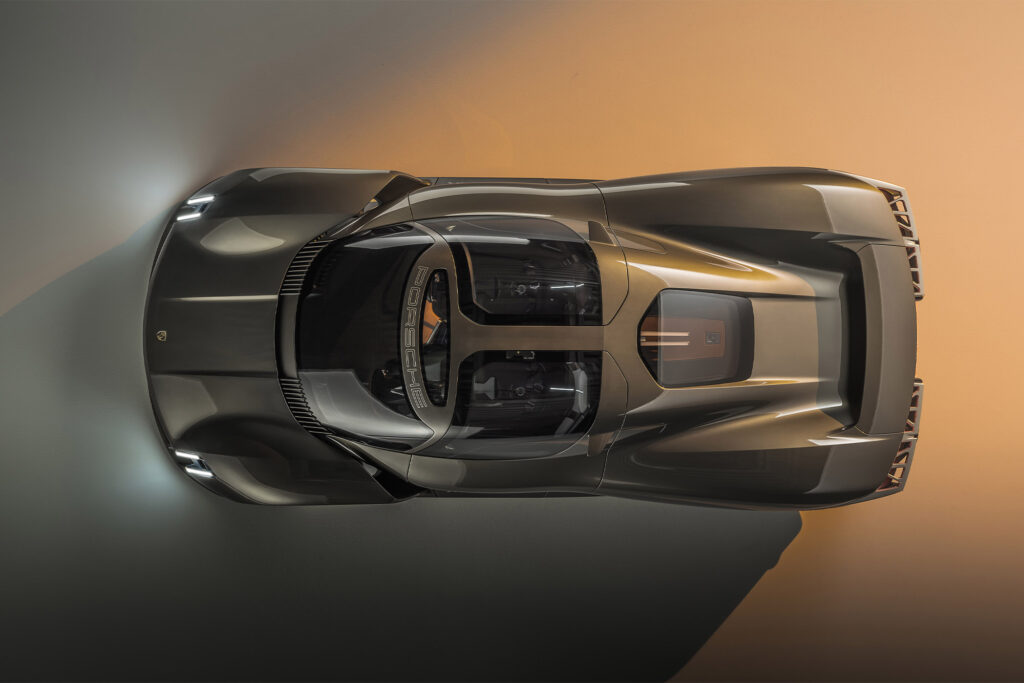
Next-Gen Power
A power-to-weight ratio of one means the Mission X will weigh around 1,500 kg. It’s not Lotus Elise light, but it’s a featherweight for a 1,500 hp supercar.
The battery is in the middle of the car, behind the seats. The company calls this its “e-core” layout, which is said to centralize mass to make it as agile as a gas-guzzling mid-engine supercar. Evo magazine reports the batteries will be made in-house, by Porsche’s new specialist battery company, Cellforce. But there are no details yet on how big the pack will be.
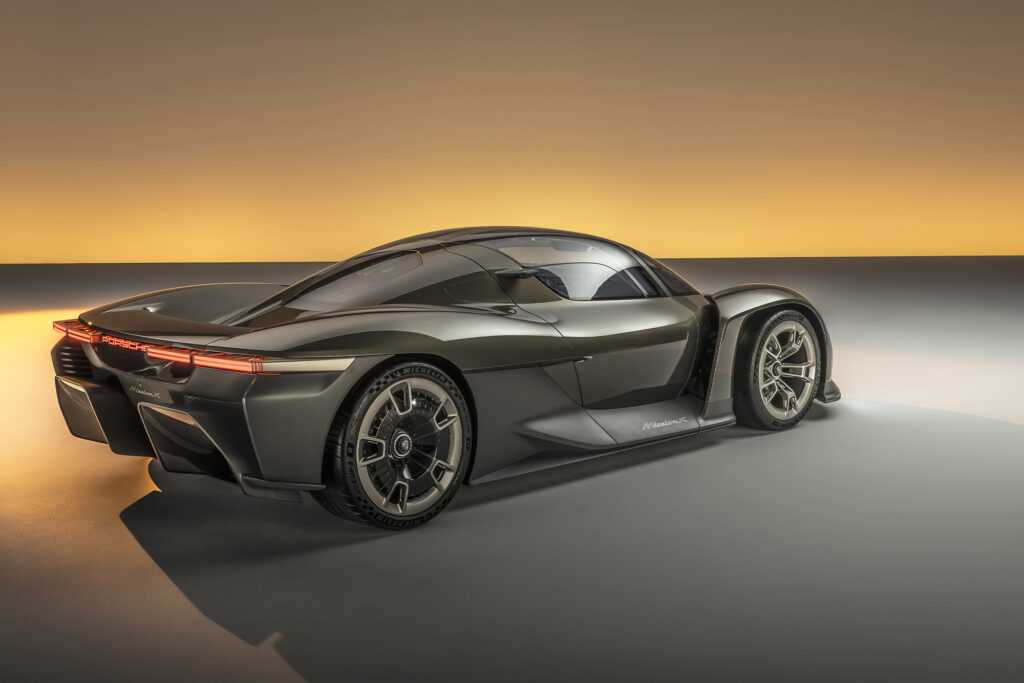
Porsche have said it’ll have 900-volt charging, which means fast charging. Think: 10 minutes to juice the battery from five to 80 per cent. Given the need to make this car lightweight, making the battery pack as small as possible will be crucial. But, all else being equal, smaller battery packs mean less driving range. The way to compensate for that would be ultra-fast charging: you’ll have to recharge more often, but not for long.
Rimac Automobili will surely play a role in the car’s development. The German company bought a 45 per cent stake in high-performance Croatian EV upstart last year. (In case you’ve been living under a rock, Rimac is the company behind the near 2,000 horsepower Nevera EV that’s been doing the rounds and blowing minds.) But, the Mission X is said to be unrelated to the Nevera, and instead based on next-gen EV tech.
Respecting The Past, Looking Forward
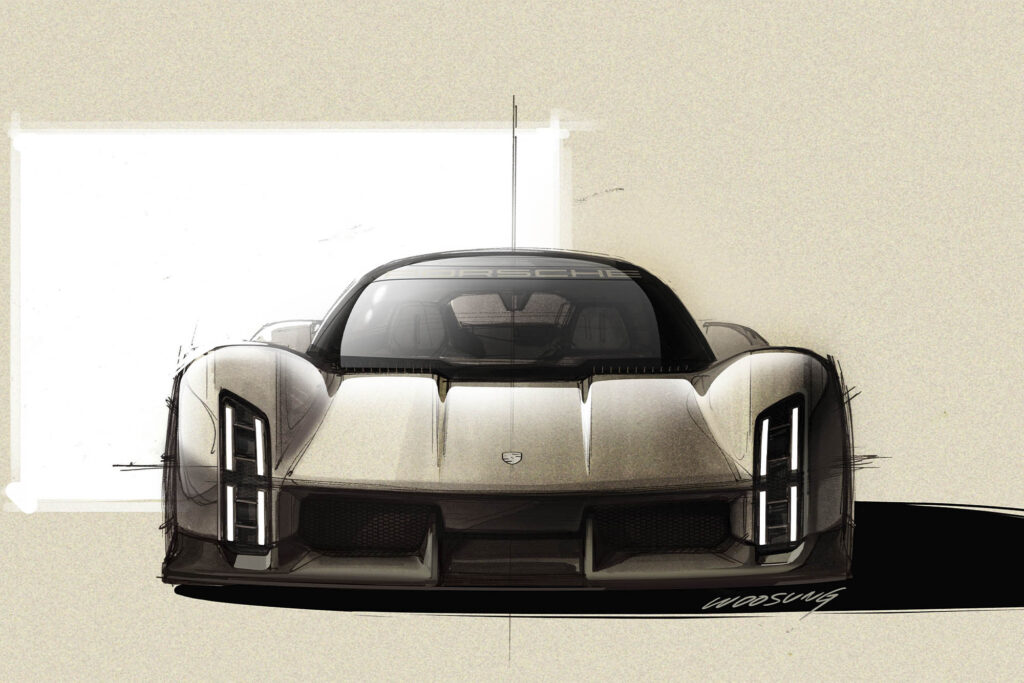
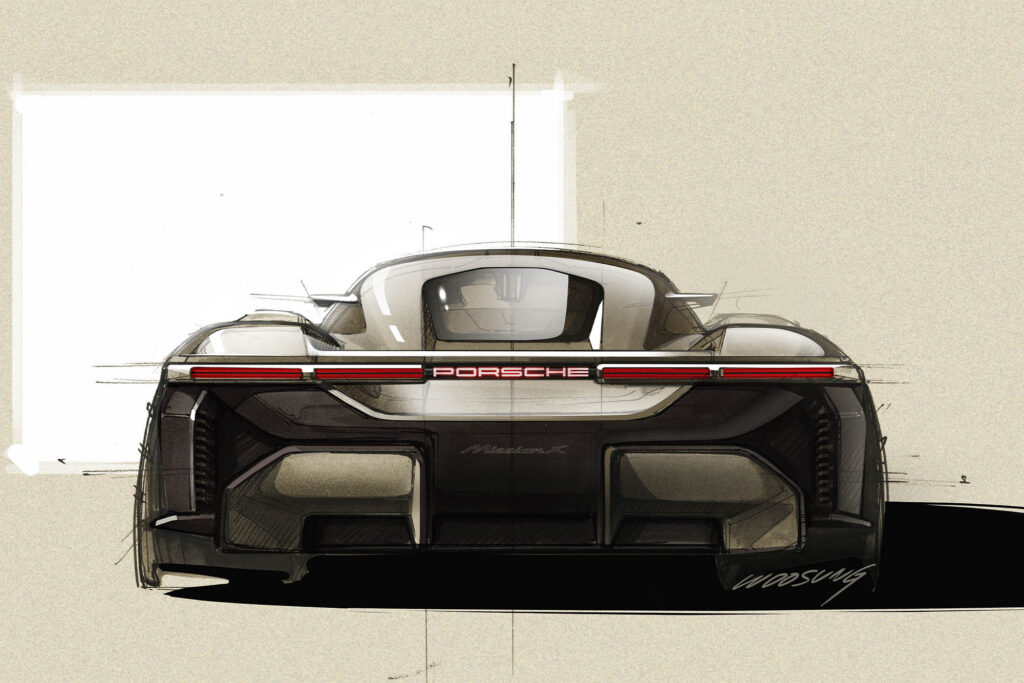
The Mission X is a short king. Standing only 1.2 metres high, it looks very much like a sci-fi version of Porsche’s new Le Mans racecar. Actually, the bubble-dome cockpit looks straight out of a spaceship from Starfield. The carbon seats are said to be fitted to each driver, which is perhaps a necessity since there’s hardly any extra space at all in the cabin.
“The Mission X is a clear commitment to the core of the brand. The continuing, enhanced expression of our brand and product identity is an important compass for us to navigate the development of our series-production models. The concept study symbolises a symbiosis of unmistakable motorsport DNA with a luxurious overall impression,” said Michael Mauer, head of Style Porsche.
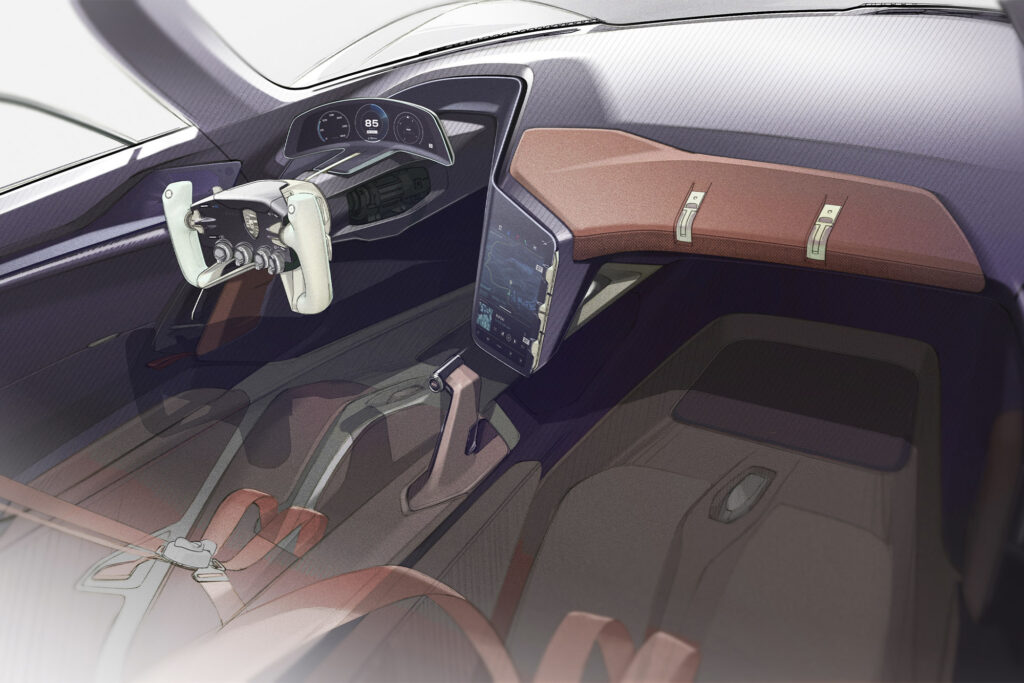
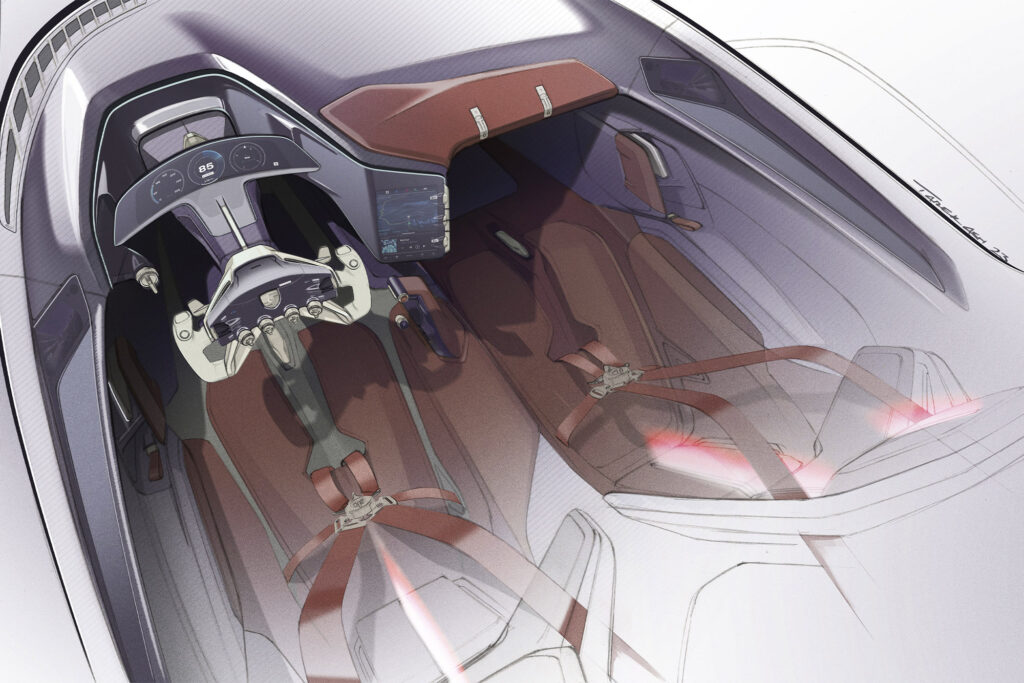
The new concept stands on the shoulders of giants, a fact which Mauer is certainly aware of. His Mission X concept is the latest in a long-line of technological miracles that push the envelope: the 1985 Porsche 959, the 2003 Porsche Carrera GT, and the 2013 Porsche 918 Spyder.
As Oliver Blume said, “Daring to dream and dream cars are two sides of the same coin for us: Porsche has only remained Porsche by constantly changing.”
If, however, you absolutely can’t wait for the Mission X to land in showrooms and need a mind-blowing electric supercar today, look to the Rimac Nevera or its Italian cousin, the Pininfarina Battista.
